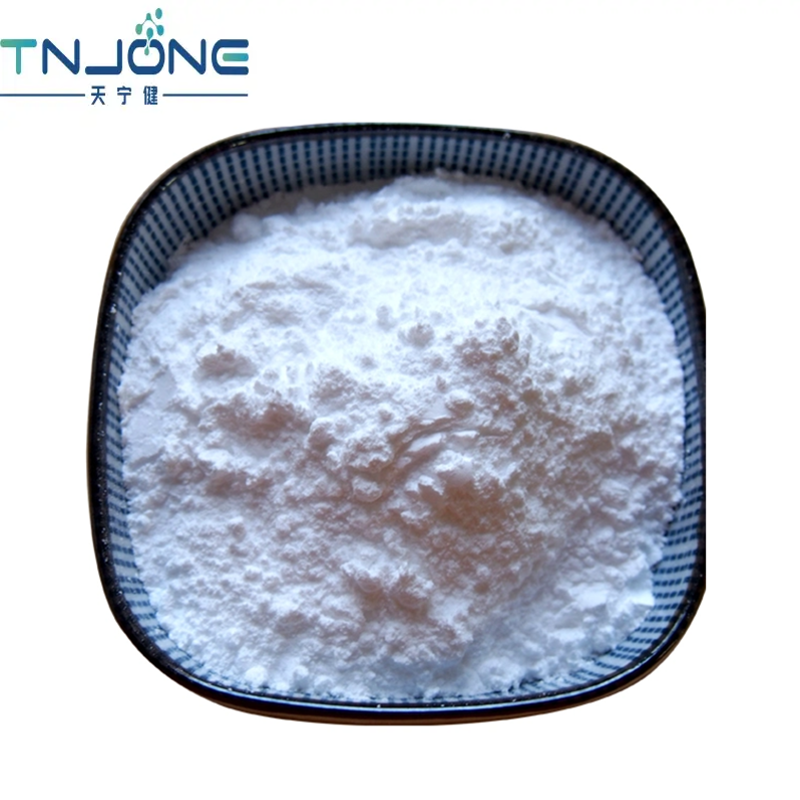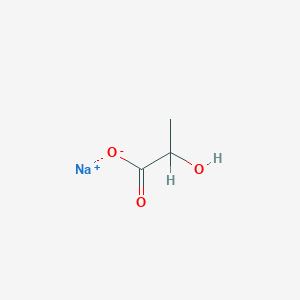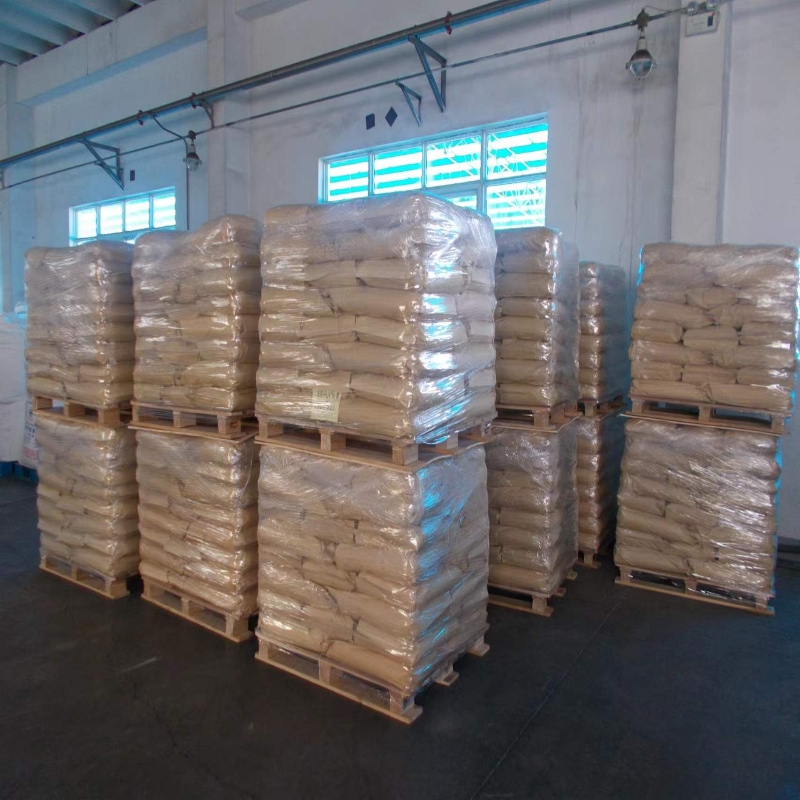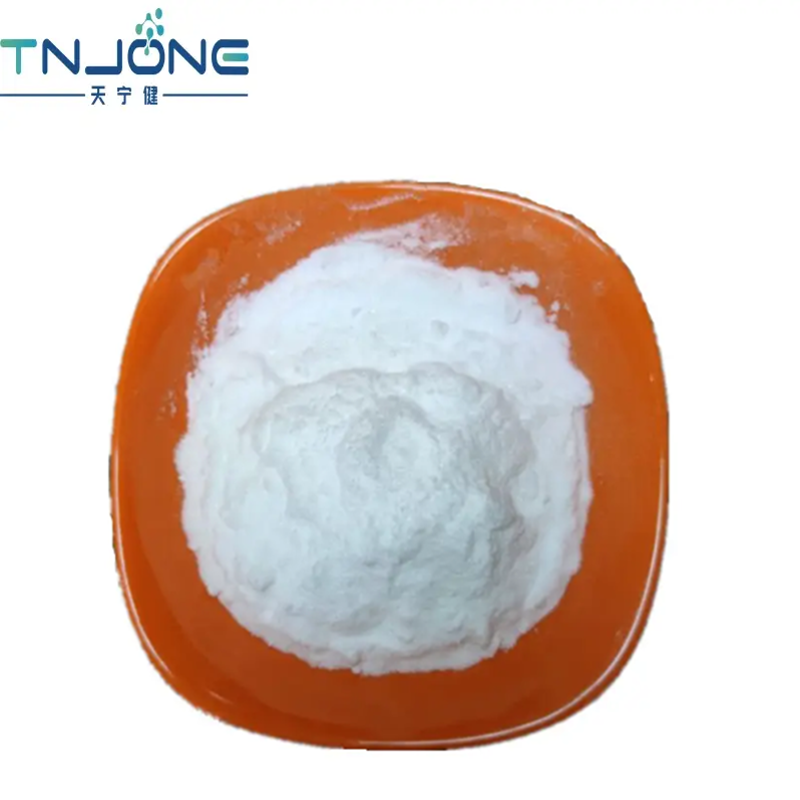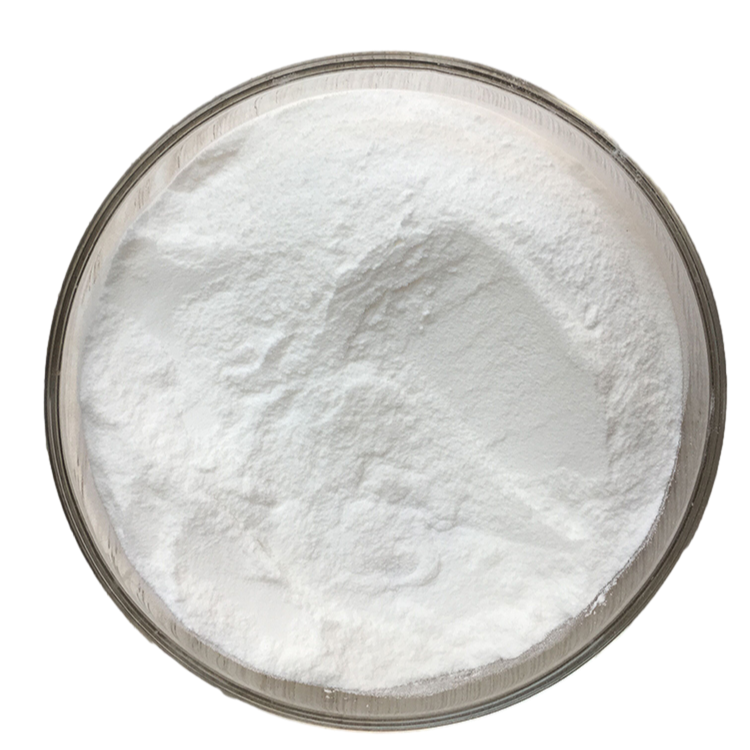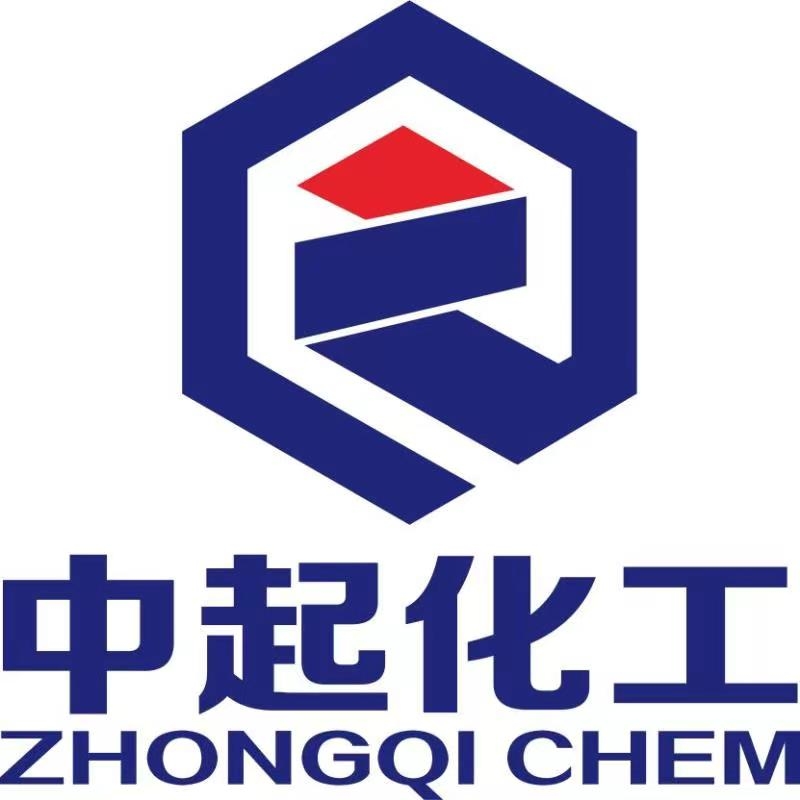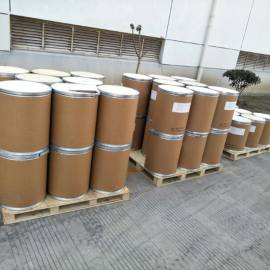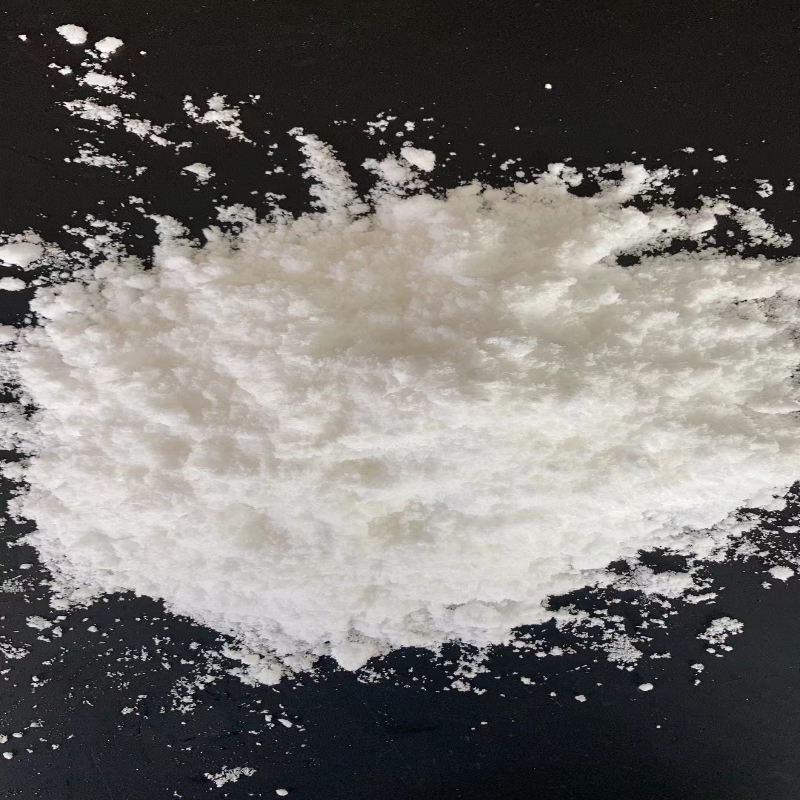Cosmetic Ingredient
- • Abrasive (124)
- • Absorbent (84)
- • Anticaking (66)
- • Anticorrosive (25)
- • Antifoaming (19)
- • Antimicrobials (290)
- • Antioxidant Ingredient (393)
- • Antiperspirant (20)
- • Antiplaque (48)
- • Anti-seborrheic (38)
- • Anti-sebum (39)
- • Antistatic (458)
- • Astringent (162)
- • Binding Agent (172)
- • Bleaching Agent (53)
- • Buffering (191)
- • Bulking (109)
- • Chelating (122)
- • Cleansing (679)
- • Cosmetic Colorant (212)
- • Cosmetic Preservative (158)
- • Denaturant (45)
- • Deodorant (98)
- • Depilatory (27)
- • Dissolving Agent (298)
- • Emollient (795)
- • Emulsifying Agent (480)
- • Emulsion Stabilising (154)
- • Exfoliating (19)
- • Film Forming (299)
- • Flavouring (72)
- • Foam Boosting (161)
- • Foaming (101)
- • Fragrance Ingredient (726)
- • Gel Forming (19)
- • Hair Conditioning (670)
- • Hair Dyeing (363)
- • Hair Fixing (36)
- • Hair Waving or Straightening (45)
- • Humectant (282)
- • Hydrotrope (92)
- • Keratolytic (20)
- • Light Stabilizer (80)
- • Moisturising Agent (50)
- • Nail Conditioning (42)
- • Occlusive (20)
- • Opacifying (119)
- • Oral Care (123)
- • Oxidising (19)
- • Perfuming (2105)
- • Plasticiser (98)
- • Propellant (19)
- • Reducing (50)
- • Refatting (12)
- • Refreshing (26)
- • Skin Cleansing (388)
- • Skin Conditioning (1751)
- • Skin Humectant (21)
- • Skin Protecting (282)
- • Smoothing (31)
- • Soothing (71)
- • Tonics (155)
- • UV Filter (34)
- • Viscosity Controlling (532)
Chemicals as Skincare Ingredients
Related News
-
Shell Considers Partnering with the U.S. and Closing European Chemical Assets
2025-03-26 -
AstraZeneca to Invest $2.5 Billion to Establish Global Drug R&D Center in Beijing
2025-03-25 -
Quaker Houghton Acquires Dipsol Chemicals, Strengthening Advanced Solutions Portfolio
2025-03-27 -
Saudi Aramco CEO: Invest in downstream projects in China's energy, chemical and other fields
2025-03-28 -
BASF Launches World’s First Polyamide 6 Recycling Plant in Shanghai
2025-03-31 -
Developments as 60 US Companies Invest Billions in Vietnam
2025-03-31
Buffering
Strontium hydroxide
(18480-07-4)-
Industrial Grade / 99%
-
Pharmacy Grade / 99%
-
![Strontium hydroxide buy Strontium hydroxide]()
-
![Strontium hydroxide buy Strontium hydroxide]()
Sodium lactate
(72-17-3)-
Food Grade / 99%
$20-25/KG FOB
-
- / 99.00%
-
Pharmacy Grade / -
-
Food Grade / 99%
Request for quotation , get quotes from more suppliers.
Sodium trimetaphosphate
(7785-84-4)-
Industrial Grade / 99%
-
Sodium disilicate,δ-samdwich crystal / 99%
-
- / 99%
-
Food Grade / 99%
$5-6/KG FOB
STRONTIUMHYDROXIDEOCTAHYDRATE
(1311-10-0)-
-
- / 99.00%
-
Industrial grade / 98%
$1715/MT FOB
-
Pharmacy Grade / 99.5%
Request for quotation , get quotes from more suppliers.
-
Industrial Grade / 99%
-
Industrial Grade / 98%
-
Food Grade / 99%
-
Industrial Grade / 99%
Request for quotation , get quotes from more suppliers.
Sodium dihydrogen phosphate dihydrate
(13472-35-0)Monobasic sodium phosphate is also used in food products, for example, in baking powders, and as a dry acidulant and sequestrant.
-
Sodium disilicate,δ-samdwich crystal / 99%
-
Food Grade / 99%
$1-1.12/KG FOB
-
Pharmacy Grade / 99.5%
-
Food Grade / 98%
Request for quotation , get quotes from more suppliers.
Sodium L-lactate
(867-56-1)-
Industrial Grade / 99%
-
- / 0.00%
-
- / 99.00%
-
Request for quotation , get quotes from more suppliers.
Sodium L-aspartate
(17090-93-6)-
- / 99.00%
-
$1-1.2/KG FOB
-
Food Grade / 98%
-
Food Grade / 99%
Request for quotation , get quotes from more suppliers.
Sodium metasilicate (Na2SiO3)
(6834-92-0)-
Industrial Grade / 99%
-
Chemical Grade / 99%
-
Industrial Grade / 99%
-
Industrial Grade / 99%
$420-460/MT FOB
Request for quotation , get quotes from more suppliers.
-
Industrial Grade / 99%
-
Chemical Grade / 99%
-
Different Grade / 99.9%
$0.1/KG EXW
-
Industrial Grade / 99%
Request for quotation , get quotes from more suppliers.
Source Buffering Raw Materials by Region
More Information
Buffering products are used to maintain stable pH levels in various applications, whether it's in pharmaceuticals, cosmetics, or food processing.
Buffering products work by resisting changes in pH when acids or bases are added, thereby stabilizing the solution. This property is especially valuable in cosmetic production, where precise pH control is necessary for different formulas.
Causes of pH fluctuations
•Addition of acidic or alkaline substances.
•Biological processes producing acids or bases.
•Environmental factors influencing pH levels, such as temperature or humidity fluctuations.












